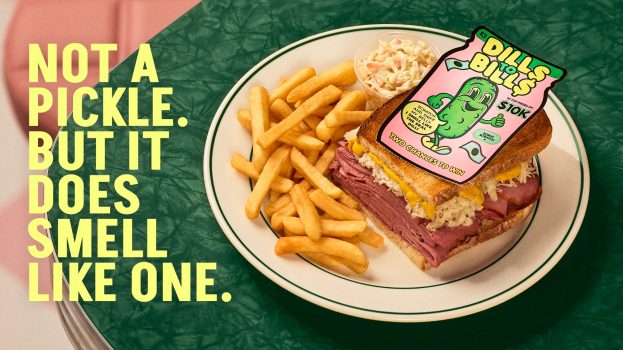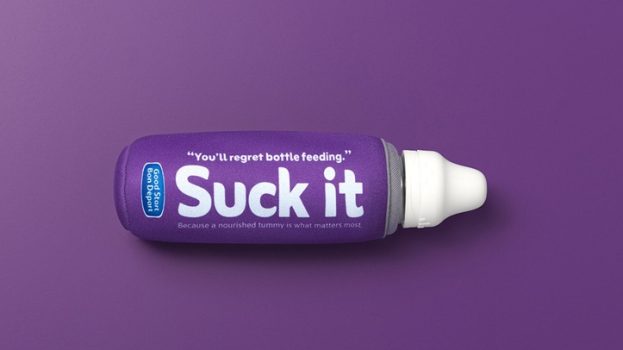Data insight firm Caddle’s recent survey “TBD: To Be Delivered: Instacart Edition,” reveals that Costco is the most-shopped Instacart retail location, with Indigo – not the first brand that would spring to mind – a runner up.
“That was kind of a shocker,” admits Ransom Hawley, founder and CEO of Caddle.
In its survey of 5,290 consumers, Caddle finds 36.4% of respondents report shopping Costco through Instacart, followed by Indigo (25.5%) and Walmart (18.7%). Rounding out the list are Bed, Bath & Beyond (18.2%), Real Canadian Superstore (17%), Loblaw (13.2%) and Bulk Barn (10.5%).
According to Caddle data, the personal shopper service is proving effective at driving new store shops too: 60% of Instacart users have trialed new stores for the first time, with Indigo leading the way (42.2%), followed by Costco (23.2%), Bed, Bath & Beyond (19.4%), Bulk Barn (8.1%) and Mastermind Toys (4.3%).
Instacart, which came to the Quebec market with same-day delivery this June, and launched same-day in Canadian Costco locations last summer, is strongly resonating with Costco devotees.
According to Caddle insights, 55% of its shoppers aware of the Instacart app and website – compared with 20% of Canadians overall – and Costco shoppers have a higher spend using than the service than they do in-store.
While Instacart still trails the likes of Walmart, PC Express, and Amazon and delivery services in terms of most used, Hawley sees lots of opportunity for the delivery service post-pandemic. For example, 46% of 5,041 respondents say Instacart is “much better” than an in-store Costco experience, with 19.8% saying “it’s a little better.”
Hawley tells strategy that convenience is the primary draw when it comes to Instacart adoption. He adds that the company is heavily funded and scaled, and the sheer variety of stores is what’s driving interest, whether it’s Indigo, Sephora, H&M, Shoppers Drug Mart, or the recent partnership with discount retailer, Dollarama, which he says should help expand its user base beyond its younger-skewing demo.
Current Instacart users, according to the data, are more likely to be younger, male (60%) and Walmart or traditional grocery store shoppers. And users are also more likely to shop by brand or product category. Hawley says that even if Instacart is in the middle of the pack when it comes to net promoter scores, it’s still a solid performer, ranking ahead of stalwarts like Grocery Gateway despite a relatively short time in the market.
Still, Instacart still has to overcome the fact that traditional shoppers still prefer shopping in person – 46.5%. Also, 35.6% of respondents think the Instacart service is too expensive and 28.5% people simply don’t like the concept of someone shopping on their behalf.
























